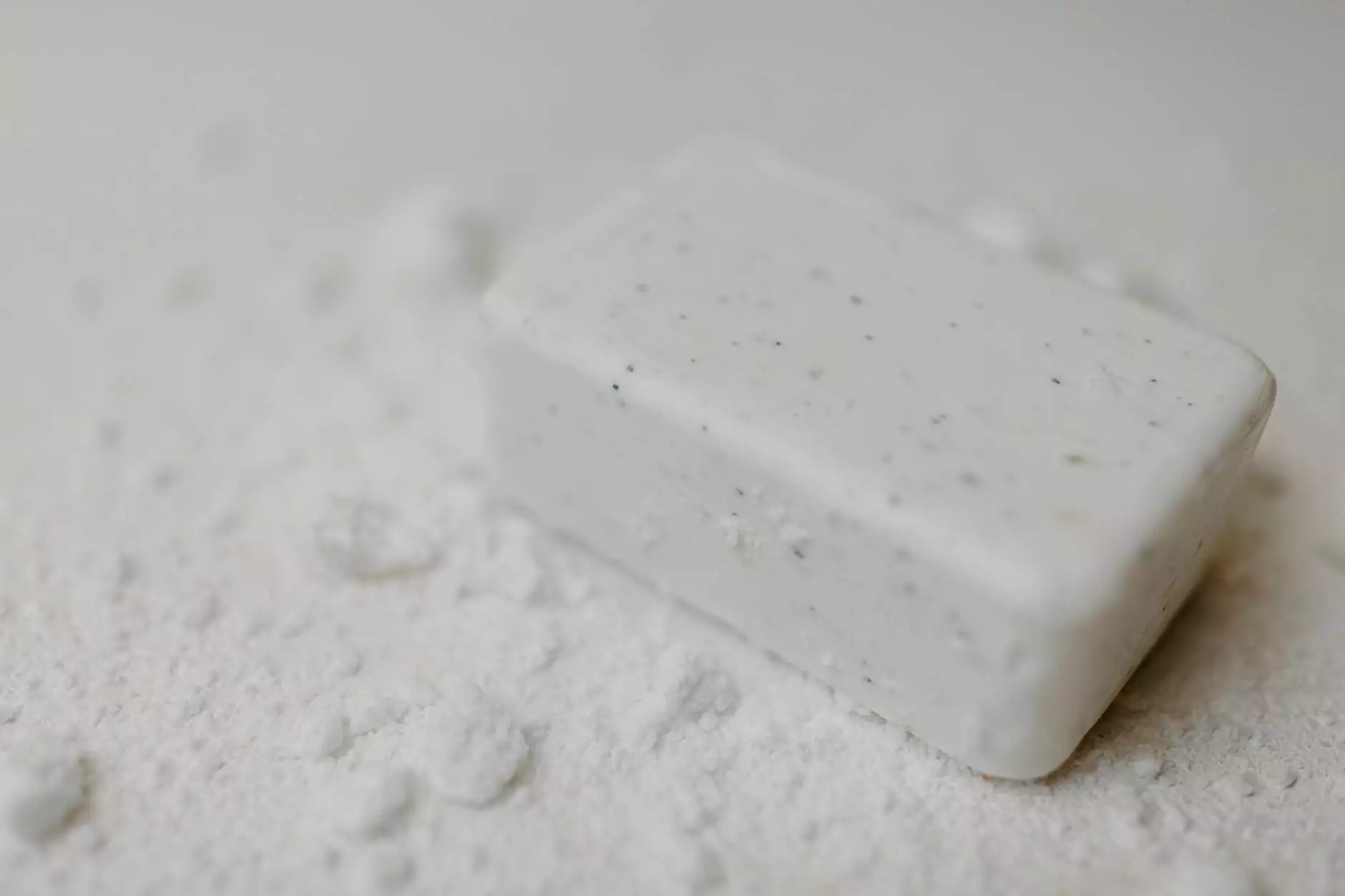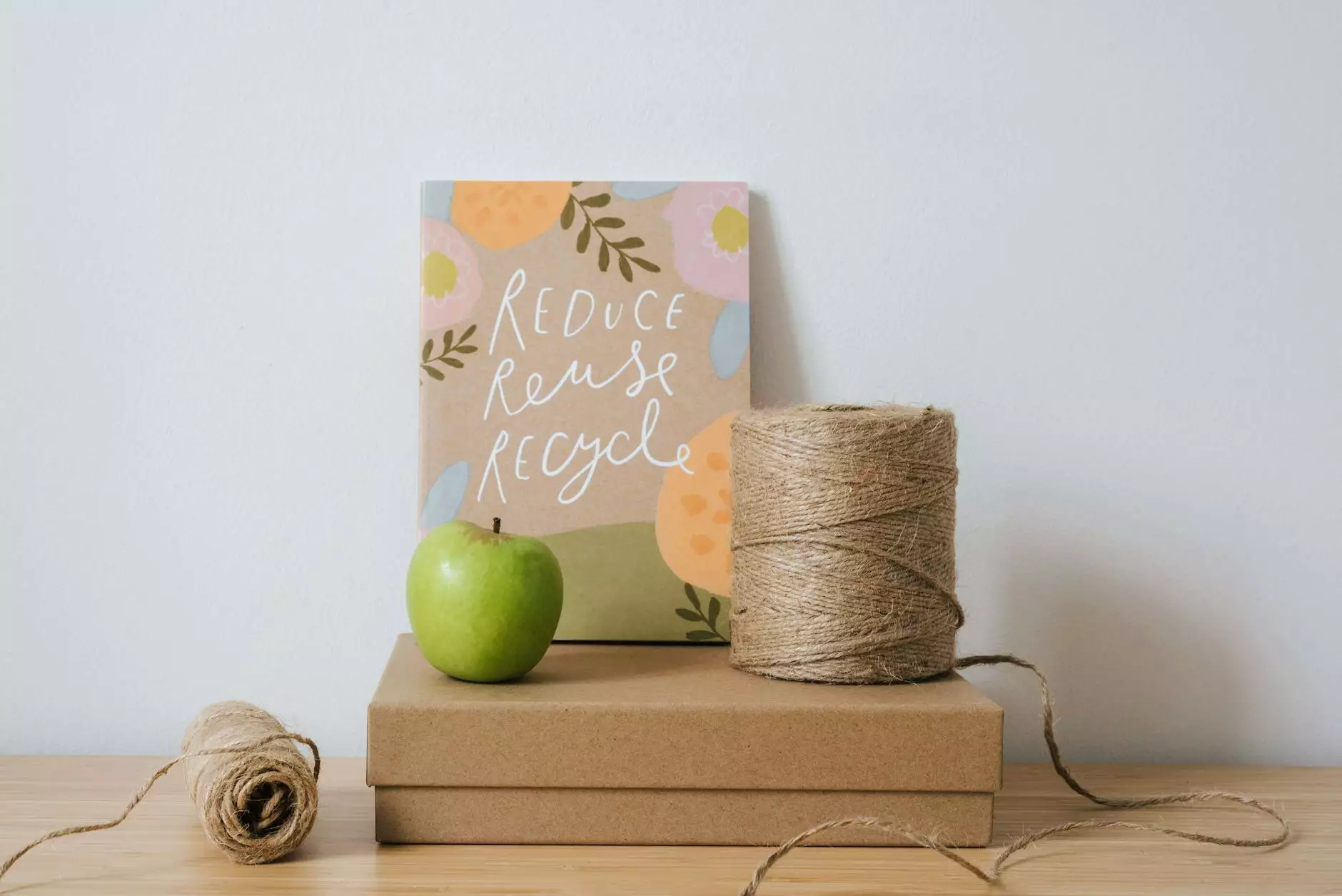Indoor Allergy Survival Tips for Mold, Pets and Dust Mites
Blog
The Importance of Indoor Allergy Prevention
As a leading provider of business and consumer services in the real estate industry, Southside Fixtures understands the importance of creating a healthy indoor environment. Allergies caused by mold, pets, and dust mites can significantly impact our daily lives, leading to discomfort and decreased productivity. In this article, we aim to provide you with comprehensive indoor allergy survival tips to effectively deal with these common allergens.
Dealing with Mold Allergies
Mold is a common indoor allergen that thrives in damp and humid areas. To prevent mold growth and reduce allergies, it's crucial to keep your indoor spaces dry. Here are some tips to fight mold:
1. Identify and Fix Any Water Leaks
Mold often grows in areas with water leaks. Regularly check your plumbing system and fix any leaks promptly. This simple step can make a significant difference in preventing mold growth.
2. Control Humidity Levels
Use dehumidifiers in areas prone to high humidity, such as basements and bathrooms. Keeping humidity levels below 50% can help prevent mold from thriving.
3. Improve Ventilation
Good ventilation is key to reducing moisture levels in your home. Ensure your bathrooms, kitchen, and laundry areas have proper ventilation systems in place. Consider using exhaust fans to improve air circulation.
4. Regularly Clean and Dry Surfaces
Cleaning and drying surfaces, especially in areas prone to moisture, can help prevent mold growth. Wipe down damp surfaces, and don't forget to clean and dry any spills or leaks.
Managing Pet Allergies
Pets are beloved companions, but their dander and saliva can trigger allergies in susceptible individuals. Here are some tips to manage pet allergies:
1. Designate Pet-Free Zones
Create pet-free zones in your home, such as bedrooms or certain furniture pieces. This helps minimize the exposure to pet allergens and provides a safe space for individuals with allergies to retreat to.
2. Regular Grooming
Regularly groom your pets to minimize dander. Brushing them outside, giving them frequent baths, and using allergen-reducing shampoos can help keep pet allergens at bay.
3. Vacuum and Clean Upholstery Frequently
Use a vacuum cleaner equipped with a HEPA filter to effectively remove pet allergens from carpets, rugs, and upholstery. Additionally, wash your pet's bedding regularly to reduce allergen accumulation.
4. Consult an Allergist
If your pet allergies are severe, it's advisable to consult an allergist. They can recommend personalized treatments or suggest ways to minimize pet allergen exposure.
Tackling Dust Mite Allergies
Dust mites are microscopic creatures that live in mattresses, beddings, upholstered furniture, and carpets. They can trigger allergies and cause discomfort. Here are some tips to manage dust mite allergies:
1. Encase Mattresses and Pillows
Use allergen-proof covers for mattresses and pillows to create a barrier between you and the dust mites.
2. Wash Bedding in Hot Water
Regularly wash your bedding, including sheets, pillowcases, and blankets, in hot water. This helps kill dust mites and remove their allergenic particles.
3. Vacuum Regularly
Vacuum your carpets, rugs, and upholstered furniture regularly using a vacuum cleaner with a HEPA filter. This can help remove dust mites and their droppings.
4. Reduce Humidity
Similar to mold prevention, maintaining low humidity levels can discourage dust mite growth. Use dehumidifiers in moisture-prone areas and ensure proper ventilation throughout your home.
Creating a Healthier Indoor Environment
In addition to the specific tips for dealing with mold, pets, and dust mites, here are some general practices to create a healthier indoor environment:
1. Keep Your Home Clean
Regularly dust, mop, and vacuum your living spaces to remove allergens. Pay special attention to high-traffic areas and areas prone to moisture or pet dander.
2. Maintain Proper Ventilation
Ensure your home has adequate ventilation to circulate fresh air. Open windows when weather permits and consider using air purifiers with HEPA filters to further improve indoor air quality.
3. Use Allergen-Proof Covers
Consider using allergen-proof covers on pillows, mattresses, and upholstered furniture to reduce allergen exposure.
4. Avoid Harmful Chemicals
Opt for natural cleaning products that are free from harsh chemicals and strong fragrances. These can potentially worsen allergy symptoms and negatively impact indoor air quality.
5. Seek Professional Help
If your allergies persist or worsen despite taking preventive measures, it's important to seek advice from medical professionals or allergists who can provide appropriate diagnosis and treatment options.
Conclusion
Southside Fixtures understands the challenges posed by indoor allergies and aims to provide you with comprehensive survival tips specifically tailored to mold, pet, and dust mite allergies. By following these tips and integrating them into your daily routine, you can create a healthier indoor environment and reduce the impact of allergens on your well-being. Remember, prevention and proactive measures are key to managing indoor allergies effectively.




